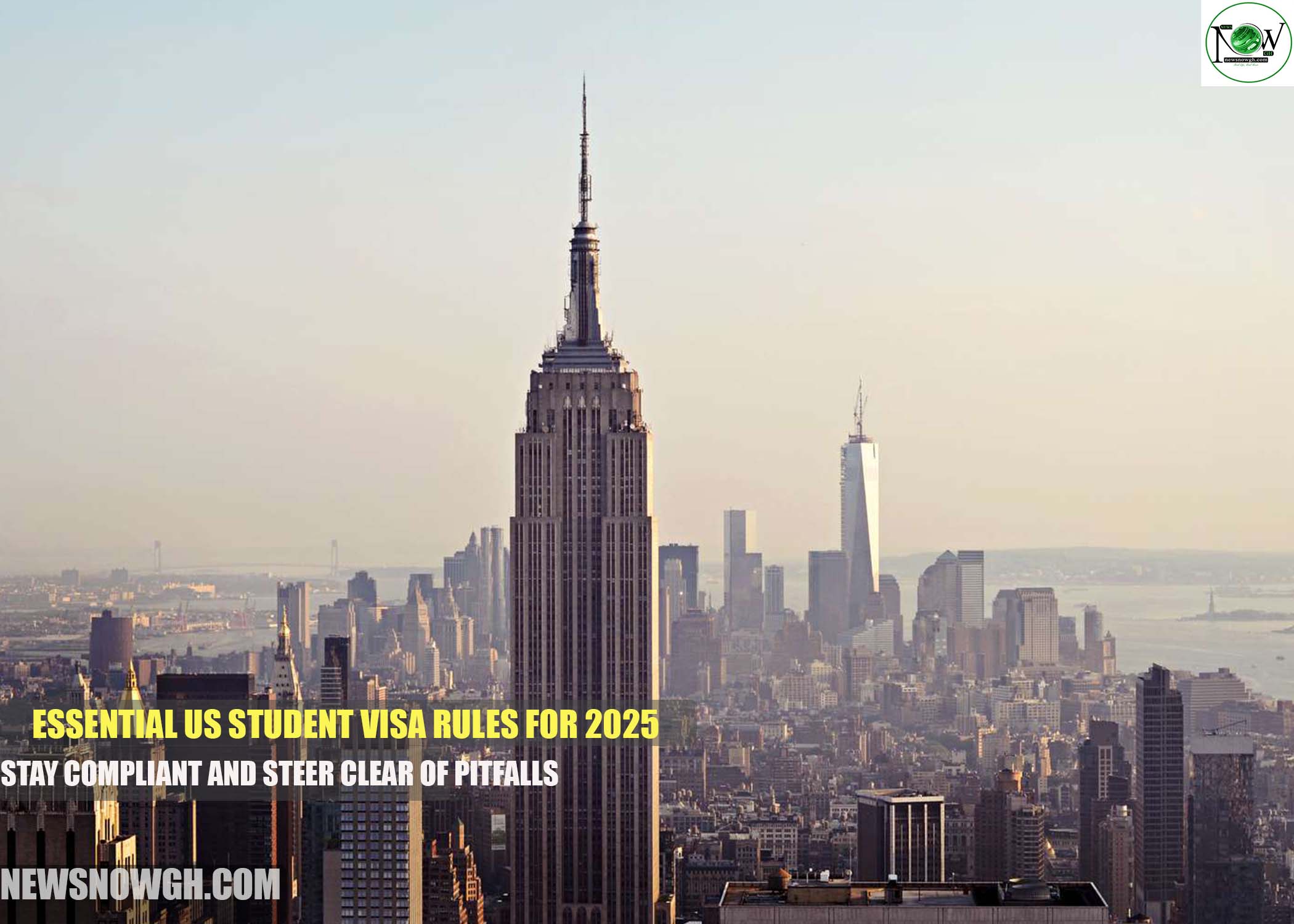Essential US Student Visa Rules for 2025: Stay Compliant and Steer Clear of Pitfalls
Navigating the U.S. student visa system can be challenging. Recent updates from the Department of Homeland Security stress the importance of maintaining your F-1 or M-1 status. Violations may lead to serious consequences, including deportation.
If you are studying in the U.S. or planning to, it’s crucial to understand the updated regulations. This guide outlines essential rules to help you stay compliant and avoid issues.
Why Maintaining Your Visa Status Is Crucial
Your F-1 or M-1 visa is strictly for studying. Any actions deviating from this purpose—such as unauthorized work, missing classes, or withdrawing from courses—can jeopardize your legal status. To ensure compliance, follow the updated guidelines throughout your stay.
Visa Revocations Over Online Activity
Recently, the U.S. revoked hundreds of F-1 visas due to concerns over campus activism and online activities labeled “anti-national.” This crackdown has created fear among international students and raised concerns within the academic community.
- Visa cancellations linked to students’ online activism.
- Affected students face immediate departure from the U.S.
- Universities and legal experts seek clarity on enforcement.
- Students should be cautious about their digital footprint and public statements to maintain their visa status.
Key Rules for US Student Visa Holders in 2025
International students must adhere to strict regulations, including full-time enrollment, regular attendance, and reporting to their Designated School Official (DSO). Violations can lead to deportation and a ban on re-entry to the U.S.
Arrival Essentials
- Timing is Key: Enter the U.S. no more than 30 days before your program starts.
- Immediate Reporting: Contact your DSO upon arrival and again by your program’s start date.
During Your Studies
- Consistent Attendance: Regular class attendance and academic progress are mandatory.
- Full-Time Enrollment: Maintain full-time enrollment. If you face challenges, consult your DSO before dropping courses.
- Program Extensions: If you need more time to complete your degree, discuss extensions with your DSO before your I-20 expires.
F-1 Student Vacation Guidelines
- Eligibility: F-1 students must complete one full academic year before taking a vacation.
- Vacation Flexibility: During breaks, study intensity is flexible, but you must enroll in the following term.
Employment Rules for Visa Holders
F-1 students can work on-campus or through approved CPT/OPT programs. M-1 students may only work after graduation with proper authorization. Unauthorized work can lead to immediate deportation.
For F-1 Students:
You may work under specific conditions:
- On-Campus Employment: Limited hours during the academic term.
- Curricular Practical Training (CPT): Work related to your field of study.
- Optional Practical Training (OPT): Available before or after graduation.
- Always seek approval for any employment.
For M-1 Students:
- No Employment: Employment is prohibited during studies.
- Practical Training: Allowed only after completing your program with DSO and USCIS approval.
What to Do After Graduation
Avoid overstaying your visa! F-1 students must leave within 60 days, while M-1 students have 30 days. You can leave the U.S. unless you transfer, enroll in another program, or switch to a work visa.
- You Must Leave Within:
- 60 days for F-1 students after your program or OPT ends.
- 30 days for M-1 students after your program ends or by the “admit until” date on
- your I-94.
- Options to Stay Longer:
- Enroll in another academic program.
- Transfer to a different institution.
- Switch to a work visa (H-1B, O, etc.).
- Always Consult Your DSO First
- Before making significant changes, contact your DSO if you plan to:
- Change your major or degree level.
- Transfer to another institution.
- Take a break from your studies.
- Travel outside the U.S.
- Move to a new address.
- Extend your program.
Following these updated guidelines will help you maintain your visa status and avoid legal issues during your stay in the U.S. For the most up-to-date information, refer to the official U.S. Department of Homeland Security website: Maintaining Status—Study in the States
Follow NewsNowGh to stay updated on the latest information regarding work permits, visas, and visa-sponsored employment.


